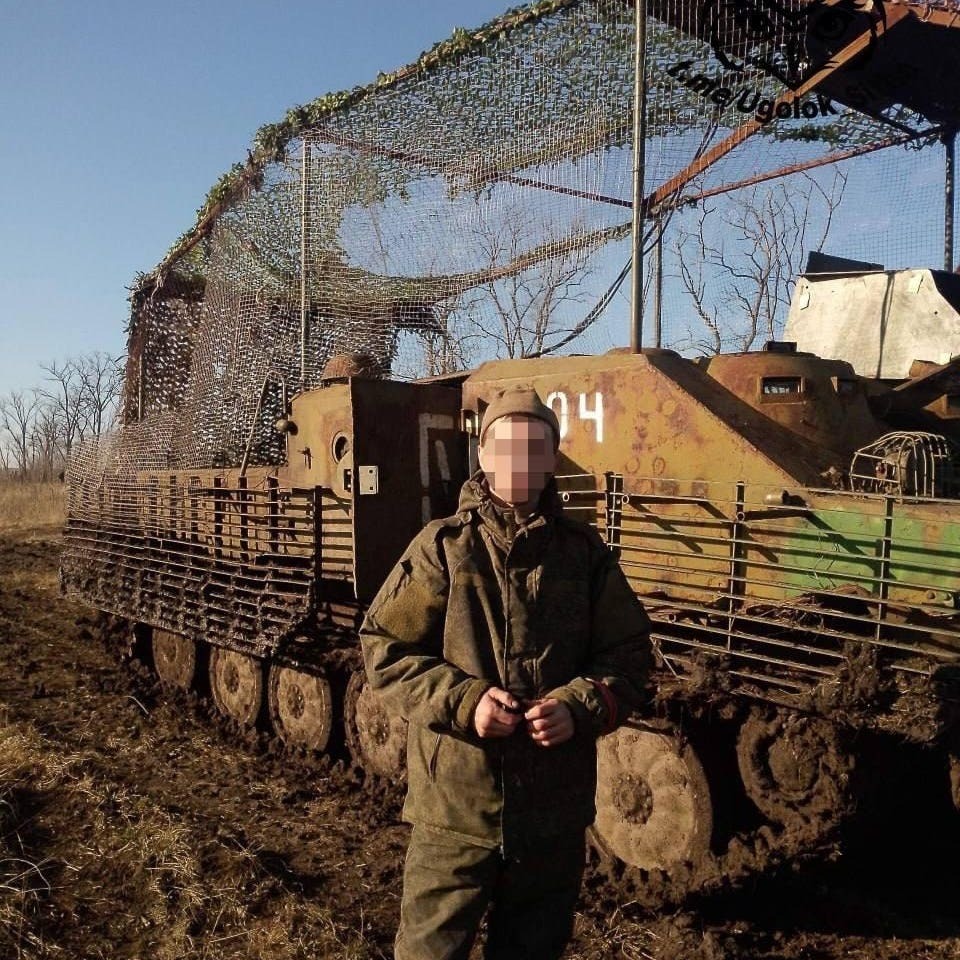Russia has begun deploying 1950s-era BTR-50 armored personnel carriers to Ukraine as its stocks of modern combat vehicles continue depleting, Forbes reports.
The BTR-50, which entered service in 1954, is a 15-ton diesel-powered armored tractor carrying two crew members and up to 20 passengers, typically armed with a heavy machine gun. The vehicle served as the Soviet army's main fighting vehicle until 1966.
Independent analysts identified significant activity at Russia's 1295th Central Base of Repairs and Storage of Tanks in Arsenyev, Russia's Far East, where technicians have reactivated dozens of vintage vehicles.
The reactivated fleet, equivalent to two battalions, provides all-terrain transport capacity for hundreds of troops. However, at least 10 BTR-50s have already been lost in combat, according to tallies by the Oryx Blog open-source intelligence project.
Surviving vehicles continue operating along the 800-mile front line, many featuring modifications including new turrets and additional armor protection against explosive drones. One observer described these vehicles as "museum pieces."
Russia's equipment crisis
Forbes notes that Russia's current production capacity remains limited to approximately 200 BMP-3 fighting vehicles, 90 T-90M tanks, and several hundred other armored vehicles annually, including BTR-82 wheeled fighting vehicles.
With storage facilities depleting, Russian forces have increasingly turned to civilian vehicles for front-line operations, including cars, vans, all-terrain vehicles, motorcycles, and electric scooters, combat footage confirms. Recent satellite imagery reveals some previously well-stocked storage yards now stand empty, Forbes says.
Tactical implications
One Russian blogger, quoted by Estonian analyst WarTranslated, stated that vehicle-based assaults consistently result in "zero" success, while "infantry, with the support of artillery and drones, slowly but surely take tree line after tree line."
However, Forbes notes that this shift to foot infantry operations limits Russia's ability to exploit breakthroughs in enemy defenses, resulting in advances measured in meters rather than kilometers.
Related:
- Forbes: Russia resurrects WWII "funnies" tactic as Ukraine relentlessly bombards bridges in Kursk
- Forbes: Up to 400 Russo-North Korean troops lost in single attack on Ukrainian positions in Kursk
- Frontline report: Ukraine intensifies strikes on Russian command posts in Kursk
- Ukrainian bomber drone strikes Russian Buk-M1 air defense system (video)
- UK intel: Russian casualties almost doubled in 2024, with overall losses likely reaching 790,000
- ISW: Russia uses less armor on frontlines as Ukraine reports destruction of some 13,000 armored units over year

